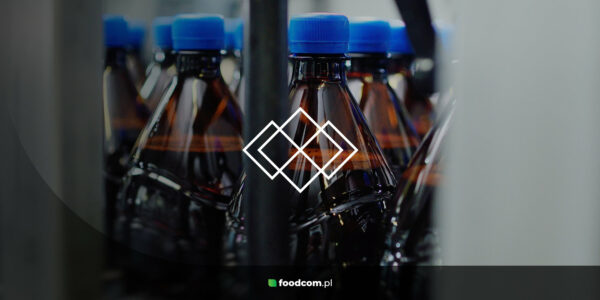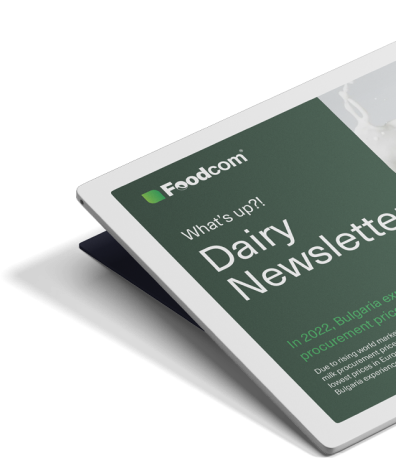Cryptoxanthin (E161c) – what is it?
Cryptoxanthin (E161c) is a natural colorant belonging to the group of carotenoids, which are responsible for imparting yellow to red colors in many fruits and vegetables. This valuable nutrient is mainly found in oranges, peaches, papayas and some leafy vegetables. Cryptoxanthin, like other carotenoids, is a precursor to vitamin A, which means it can be converted in the human body into retinol, an ingredient essential for maintaining eye, skin and immune system health.
Because of its antioxidant properties, cryptoxanthin helps protect cells from free radical damage and supports immune system function. Studies also suggest that it may play a role in preventing certain types of cancer and heart disease.
Properties of Cryptoxanthin (E161c)
Cryptoxanthin has strong antioxidant properties, making it an effective ingredient in the fight against oxidative processes in the body. As a precursor to vitamin A, it contributes to improved vision, strengthens the skin and supports the immune system. Cryptoxanthin may also contribute to reducing the risk of developing chronic diseases, including certain types of cancer and heart disease.
Uses of Cryptoxanthin (E161c)
Cryptoxanthin is used in the food industry as a colorant to impart vibrant colors to products such as fruit drinks, candy, ice cream and dairy products. Because of its health benefits, it is also often added to dietary supplements designed to improve overall health, especially those supporting eye health and the immune system.
Where to buy Cryptoxanthin (E161c)?
Cryptoxanthin (E161c) can be found in health food stores, pharmacies and online stores offering dietary supplements and natural food colors. It is available both as a pure extract and as an ingredient in many food products and dietary supplements. It is worth contacting the sales department of Foodcom S.A.
Cryptoxanthin (E161c) and its functions in foods
In the food industry, Cryptoxanthin (E161c) functions primarily as a colorant, adding vibrant colors to a variety of products and making them more attractive to the consumer. However, in addition to its aesthetic value, cryptoxanthin also contributes nutritional value to food products, enhancing their health profile through its antioxidant properties and ability to convert to vitamin A, thereby supporting vision and immune system health.




